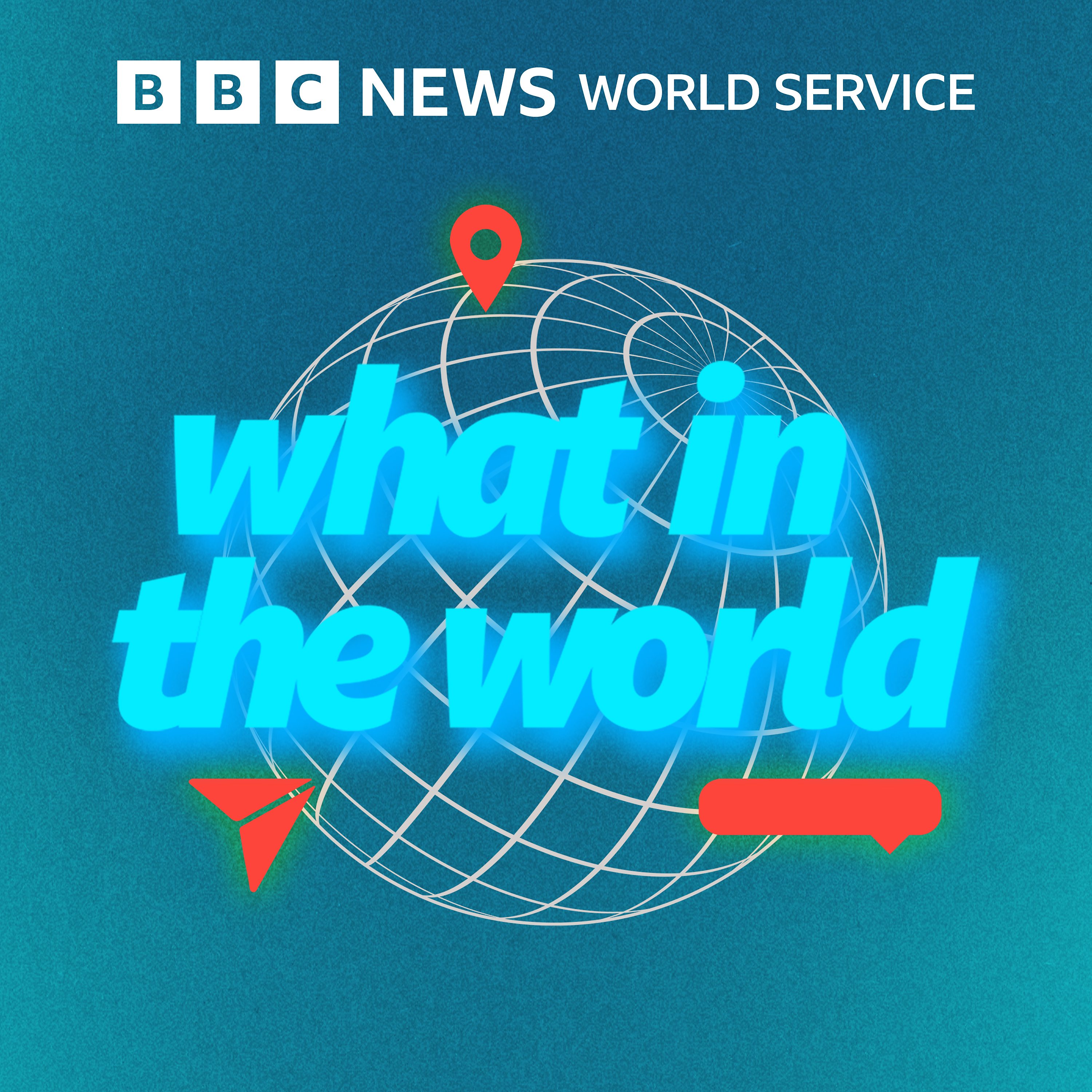
Wildfires are burning across Los Angeles

What in the World
Deep Dive
What are the key factors contributing to the severity of the wildfires in Los Angeles?
The wildfires in Los Angeles are fueled by a combination of factors, including a year of extreme weather conditions. Heavy rainfall in spring 2023 due to El Niño led to lush vegetation growth, which later dried out during a subsequent drought. This dry vegetation became perfect fuel for fires. Additionally, strong Santa Ana winds, which remove humidity from the air, have caused the fires to spread rapidly by carrying sparks across large distances. These conditions, exacerbated by climate change, have created an ideal scenario for severe wildfires.
How has climate change influenced the frequency and intensity of wildfires globally?
Climate change has increased the frequency and intensity of wildfires, particularly in regions prone to dry conditions. A study published in Nature in October 2023 found that between 2003 and 2019, 16% more land was burned due to climate change. This is determined using counterfactual models that compare scenarios with and without climate change. Rising global temperatures, prolonged droughts, and extreme weather events like the Santa Ana winds are creating conditions that make wildfires more severe and harder to control.
What challenges do firefighters face in containing the Los Angeles wildfires?
Firefighters in Los Angeles face significant challenges due to the Santa Ana winds, which cause sparks to jump across large areas, making it difficult to control the spread. The hilly topography of the region also hinders access to fire-affected areas. Additionally, water shortages have emerged as a critical issue, with firefighting teams running out of water in some areas. Super scoopers, planes that drop water from lakes, are being used, but the scale of the fires has stretched resources thin.
What is hydroclimate whiplash, and how does it relate to the wildfires?
Hydroclimate whiplash refers to the rapid shift between extremely wet and extremely dry conditions. In Los Angeles, heavy rainfall in early 2023 caused vegetation to flourish, but a subsequent drought dried it out, creating a tinderbox of fuel for wildfires. This phenomenon is exacerbated by climate change, as warmer temperatures allow the atmosphere to hold more moisture, leading to more intense swings between wet and dry periods.
What are the potential long-term impacts of recurring wildfires on affected communities?
Recurring wildfires pose significant long-term challenges for affected communities, including economic strain and potential uninhabitability. Residents may struggle to rebuild homes and secure insurance, especially in areas repeatedly hit by extreme weather. Wealthier communities may recover more easily, but economically vulnerable populations could face displacement. This raises questions about the sustainability of living in fire-prone areas, particularly as climate change increases the frequency and severity of such events.
What measures can be taken to mitigate the impact of wildfires in the future?
Mitigation strategies include reducing greenhouse gas emissions to address climate change, clearing vegetation to reduce fuel for fires, and using controlled burns cautiously. Building homes with fire-resistant materials can also help, though this is costly. Increasing firefighting capacity and training, such as California's use of trained prison inmates, is another approach. However, these solutions require significant investment, particularly for low-income regions.
- At least 10 people died and thousands of buildings were destroyed.
- Over 100,000 people were evacuated.
- Residents described scenes of chaos and narrowly escaping the fires.
Shownotes Transcript
Wildfires in Los Angeles have killed at least 10 people and destroyed thousands of homes. Officials are worried more high winds could make the flames spread even further.
At the same time, new data shows that 2024 was the world's hottest year on record. So is climate change making these types of fires worse?
Esme Stallard, a BBC Climate and Science journalist, takes us through the conditions that contributed to the fire and why the flames are so hard to contain.
We also hear from people in LA about what it’s all been like for them, losing their homes and having to evacuate.
Instagram: @bbcwhatintheworld Email: [email protected] WhatsApp: +44 0330 12 33 22 6 Presenter: Iqra Farooq Producers: Emily Horler and Benita Barden Editor: Verity Wilde